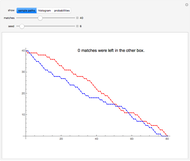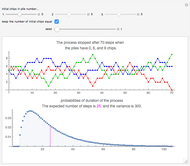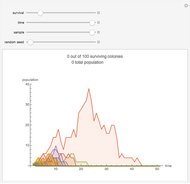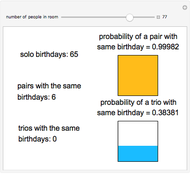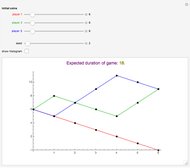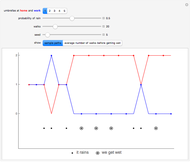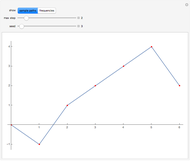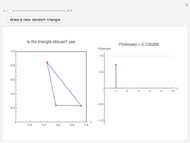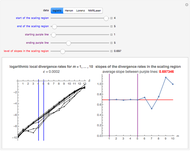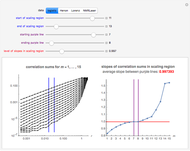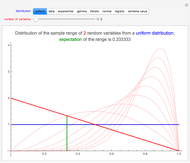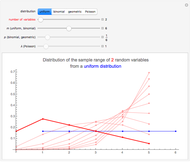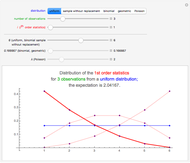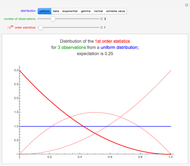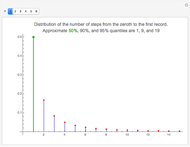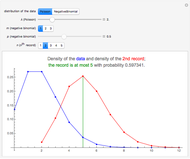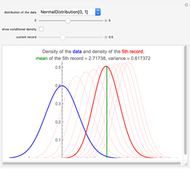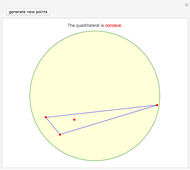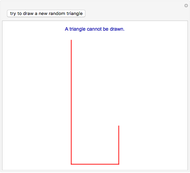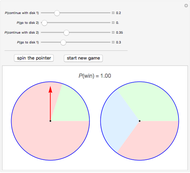A Variation of Banach Matchbox Problem

Requires a Wolfram Notebook System
Interact on desktop, mobile and cloud with the free Wolfram Player or other Wolfram Language products.
We have two rolls of toilet paper. Assume that there are two kinds of people. Big-choosers always take a piece of paper from the roll that is currently larger, and little-choosers always take a piece of paper from the roll that is currently smaller. When the two rolls are the same size, or when only one roll is nonempty, everybody chooses the nonempty roll to which there is the smallest distance.
[more]
Contributed by: Heikki Ruskeepää (May 2012)
Open content licensed under CC BY-NC-SA
Snapshots
Details
Donald Knuth presented and analyzed this problem in [1]. It is also studied in problem 8 of [2]; our Demonstration is based on this book.
The first snapshot shows that when the probability of a big-chooser is small, most people use the smaller roll so that when it runs out, the other roll contains lots of paper. The second snapshot shows that when the probability of a big-chooser is greater than 0.5, most people use the bigger roll, so that the sizes of the rolls stay close to each other.
The third snapshot shows the mean number of papers left on one roll when the other roll runs out. The curve shows how this number depends on the probability of big-choosers. We can see a dramatic change in the nature of the curve: when the probability of big-choosers increases from 0 to 0.5, the mean value steadily decreases, but when the probability of big-choosers increases from 0.5, the mean value stays very small. If the probability of big-choosers is, say, 0.4, then on average about 35 papers are left on the other roll, if the rolls initially contain 100 papers.
To calculate the mean value, Nahin develops recursive formulas. They are easy to implement with Mathematica.
References
[1] D. Knuth, "The Toilet Paper Problem," American Mathematical Monthly, 91(8), 1984 pp. 465–470.
[2] P. J. Nahin, Digital Dice: Computational Solutions to Practical Probability Problems, Princeton: Princeton University Press, 2008.
Permanent Citation









